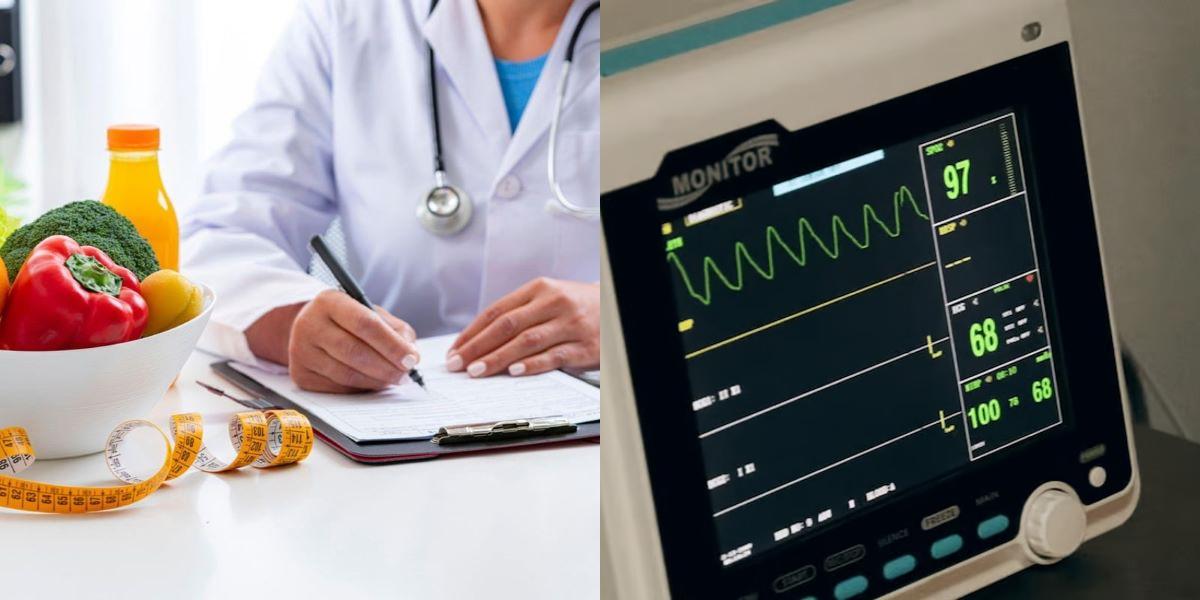Applied Nutrition vs Emergency Medical Technician

Applied Nutrition vs Emergency Medical Technician
In today's fast-paced world, there is a growing need for professionals who can provide essential services in the fields of healthcare and nutrition. Two career paths that are gaining popularity are applied nutrition and emergency medical technician (EMT). While both professions involve helping people and promoting their well-being, there are significant differences between the two. In this blog post, we will explore what applied nutrition and EMT entail, their differences, job descriptions, education and training requirements, career outlook, and salary prospects.
Applied Nutrition vs Emergency Medical Technician: Education and Training
To pursue a career in applied nutrition, individuals typically need to complete the following education and training:
- Obtain a bachelor's or master's degree in nutrition, dietetics, or a related field.
- Complete a supervised practice program, which includes hands-on experience in clinical settings.
- Pass a national examination to become a Registered Dietitian Nutritionist (RDN) or a Certified Nutrition Specialist (CNS).
- Continuously participate in continuing education to stay up-to-date with the latest research and developments in the field.
To become an emergency medical technician, individuals need to complete the following education and training:
- Enroll in an accredited EMT training program, which can range from a few weeks to several months, depending on the level of certification (EMT-Basic, EMT-Intermediate, or EMT-Paramedic).
- Complete classroom instruction, hands-on practice, and clinical experience.
- Pass the National Registry of Emergency Medical Technicians (NREMT) certification exam.
- Obtain state licensure, which may require additional exams or requirements depending on the state.
Applied Nutrition vs Emergency Medical Technician: Career Outlook and Salary
The career outlook and salary prospects for applied nutrition professionals and emergency medical technicians vary:
Applied Nutrition Career Outlook and Salary:
- According to the Bureau of Labor Statistics (BLS), the employment of dietitians and nutritionists is projected to grow 7 percent from 2022 to 2032, much faster than the average for all occupations.
- The median annual wage for dietitians and nutritionists was $66,450 in May 2022, according to the BLS.
Emergency Medical Technician Career Outlook and Salary:
- The employment of EMTs and paramedics is projected to grow 5 percent from 2022 to 2032, faster than the average for all occupations, according to the BLS.
- The median annual wage for EMTs and paramedics was $39,410 in May 2022, according to the BLS.
Final Thoughts
In conclusion, both applied nutrition and emergency medical technician are rewarding career paths that involve helping people and promoting their well-being. Applied nutrition professionals focus on nutrition education and counseling to prevent chronic diseases and improve overall health. Emergency medical technicians, on the other hand, provide immediate medical care in emergency situations. While the two professions differ in their focus, job descriptions, education and training requirements, and salary prospects, they both play a vital role in ensuring the health and well-being of individuals.

Alyssa Jane is part of the customer success team at Dreambound. She works with students, training providers, and employers, helping them have a smooth customer journey. She is also an ESL tutor and Licensed Psychometrician. She is fond of traveling, photography, and discovering new restaurants.



